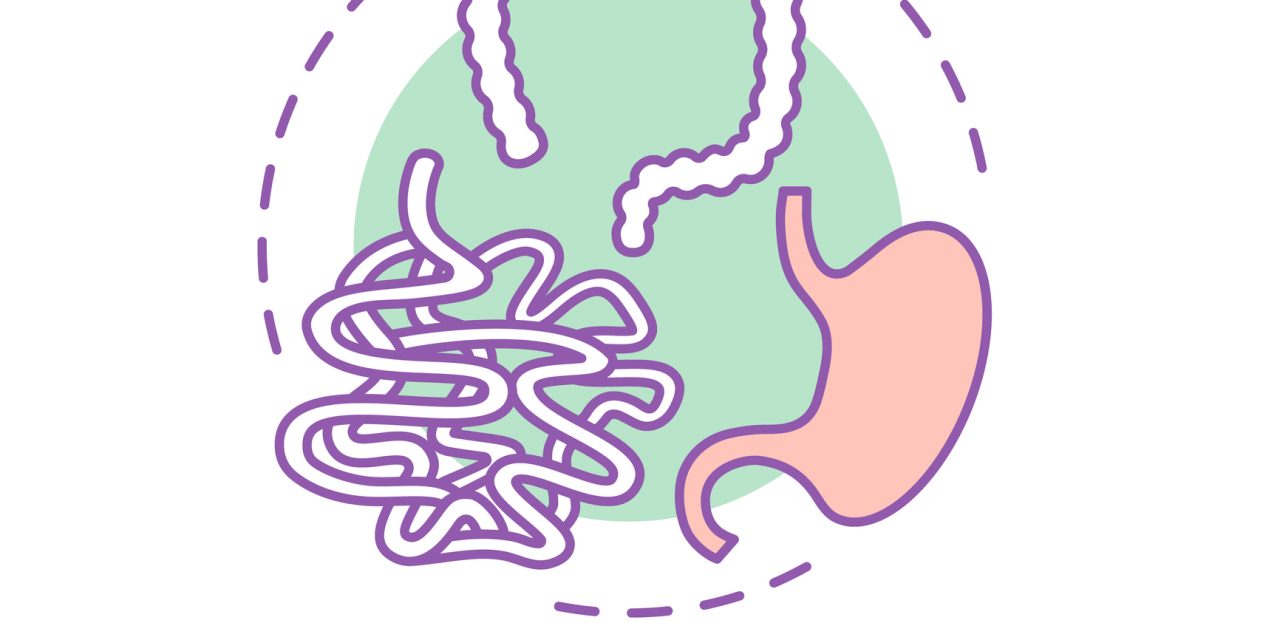Patients with achalasia frequently develop gastroesophageal reflux (GER) related symptoms and complications after per oral endoscopic myotomy (POEM). Reflux symptoms are thought to be due to gastroesophageal reflux and current treatment of post POEM GER focuses on acid suppression with proton pump inhibitors (PPI). However, reflux symptoms in achalasia patients post POEM can be due to true reflux, non-reflux esophageal acidification due to stasis or acid fermentation and esophageal hypersensitivity to chemical or mechanical stimuli. True acidic reflux is not always the cause of reflux symptoms. 24 hour pH monitoring with impedance is essential to differentiate causes of esophageal acidification. PPI is useful only in true acidic reflux. Detection of acid fermentation require manual review of 24 hour pH study as automated review often overestimate acid exposure time (AET) due to its inability to differentiate true reflux from fermentation. Stasis of ingested acidic food warrants evaluation of esophageal emptying by timed barium esophagogram (TBE). In case of inadequate emptying, esophago-gastric junction (EGJ) distensibility can be evaluated by functional lumen imaging probe (FLIP). Impaired distensibility with inadequate oesophageal emptying suggest treatment failure and require re-treatment. In treatment refractory patients, esophageal hypersensitivity should be considered and treated with neuromodulators. Thus, diagnostic approach to post POEM reflux symptoms should evolve to identify various patterns of esophageal acidification, esophageal emptying patterns, EGJ distensibility and hypersensitivity. Consequently, the treatment of GER post POEM should not be limited to treat esophageal acidification by reflux but encompass other causes of acidification and esophageal hypersensitivity.This article is protected by copyright. All rights reserved.
Post per-oral endoscopic myotomy heartburn-it’s always not reflux: an expert review.


